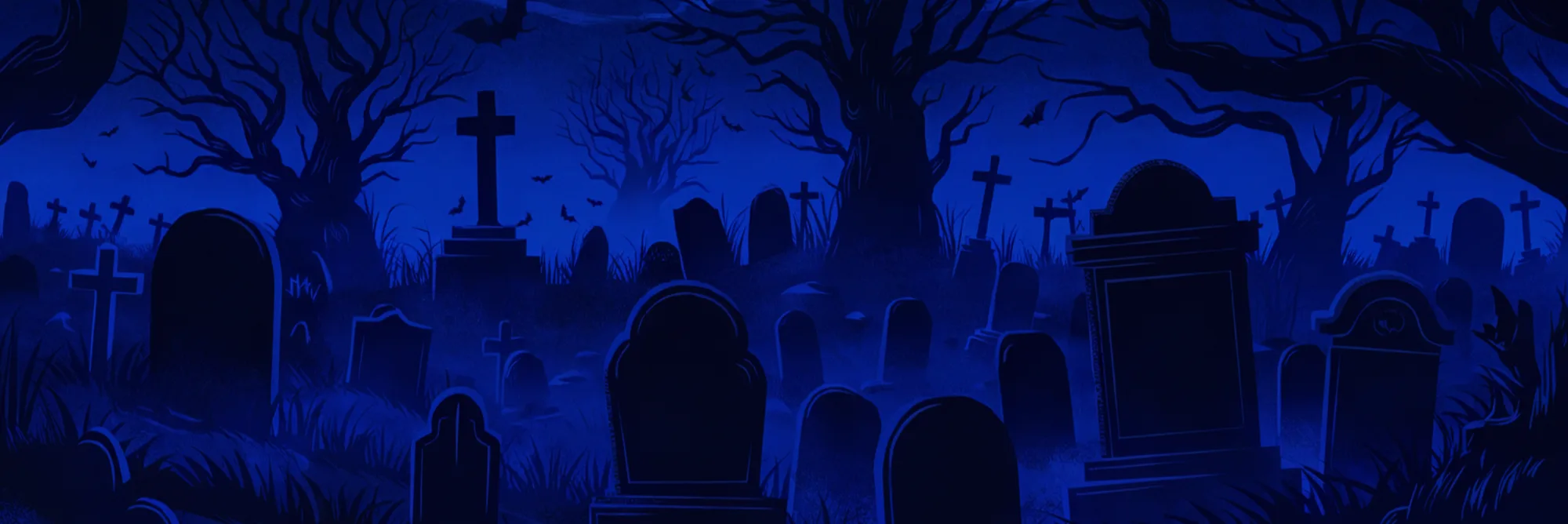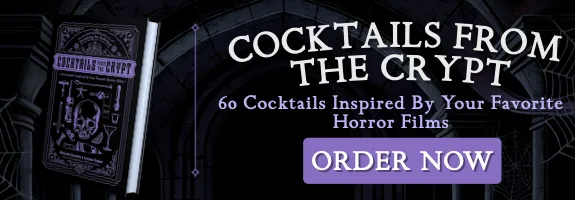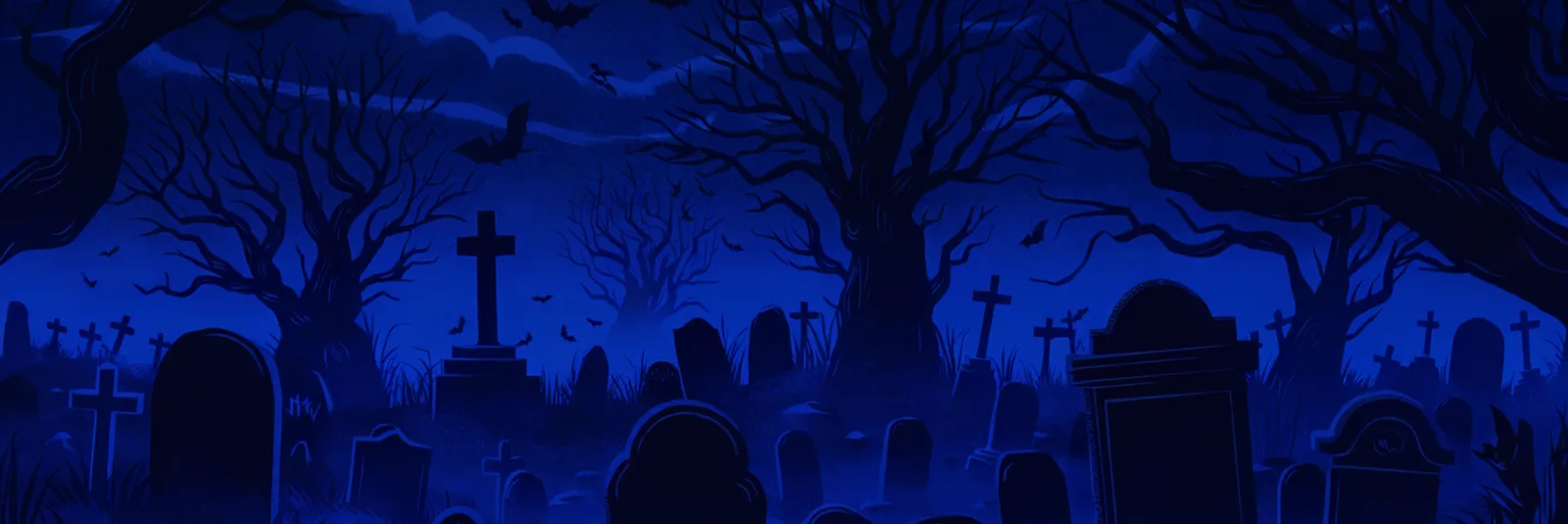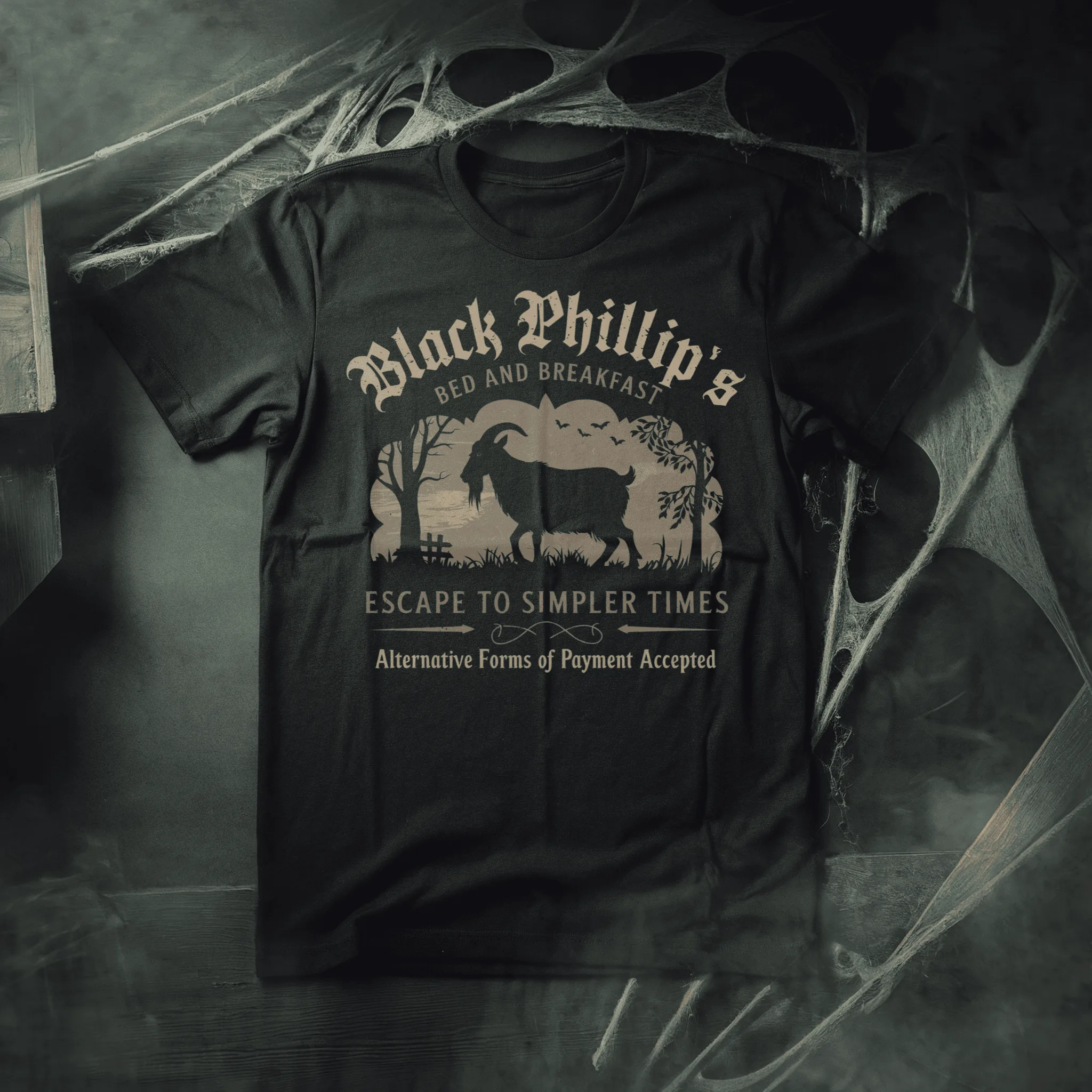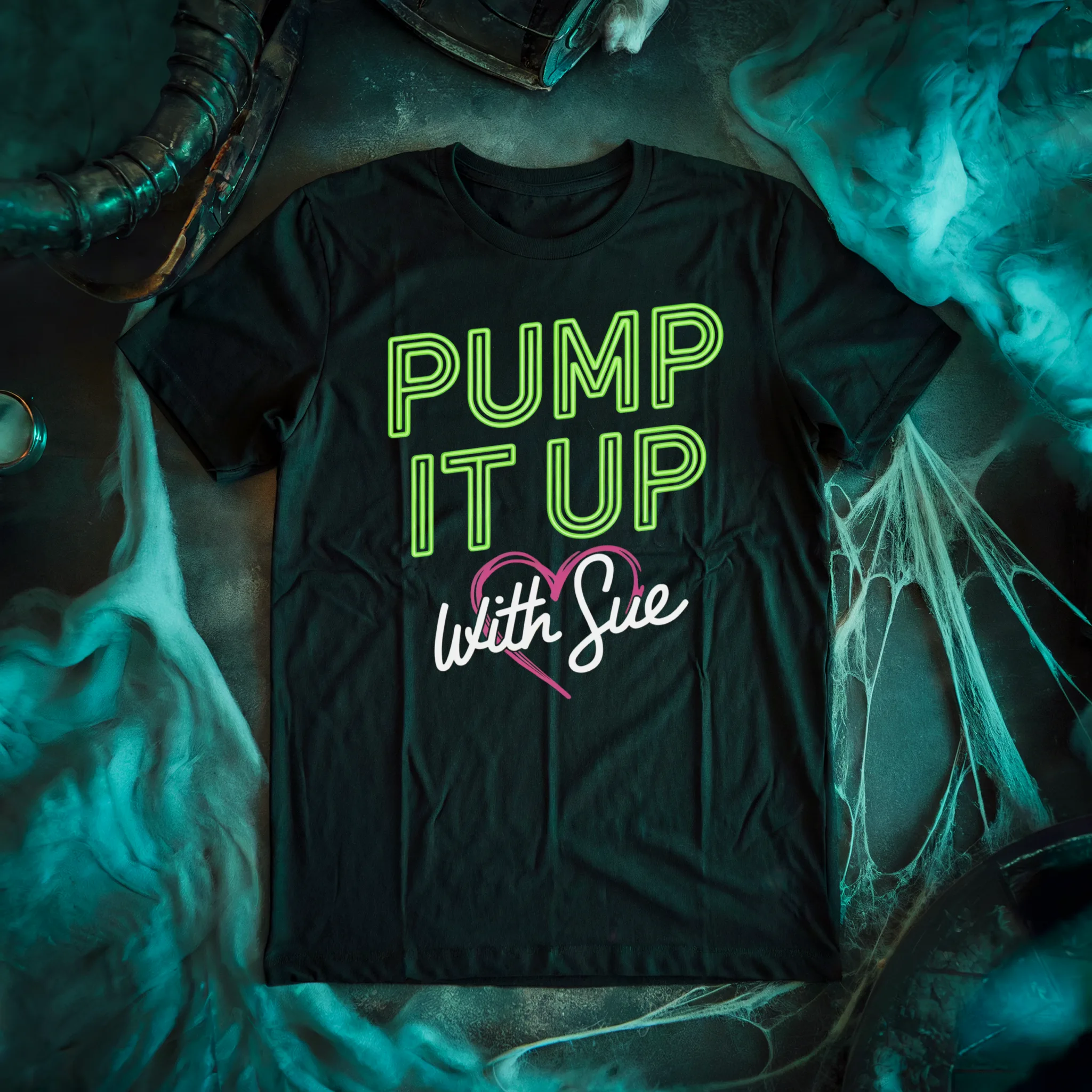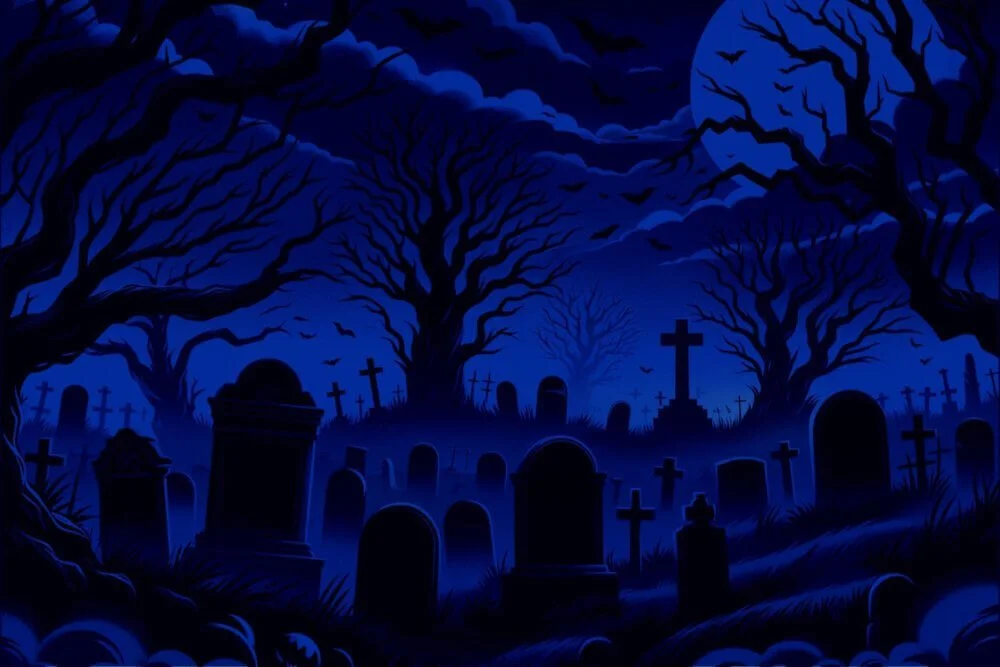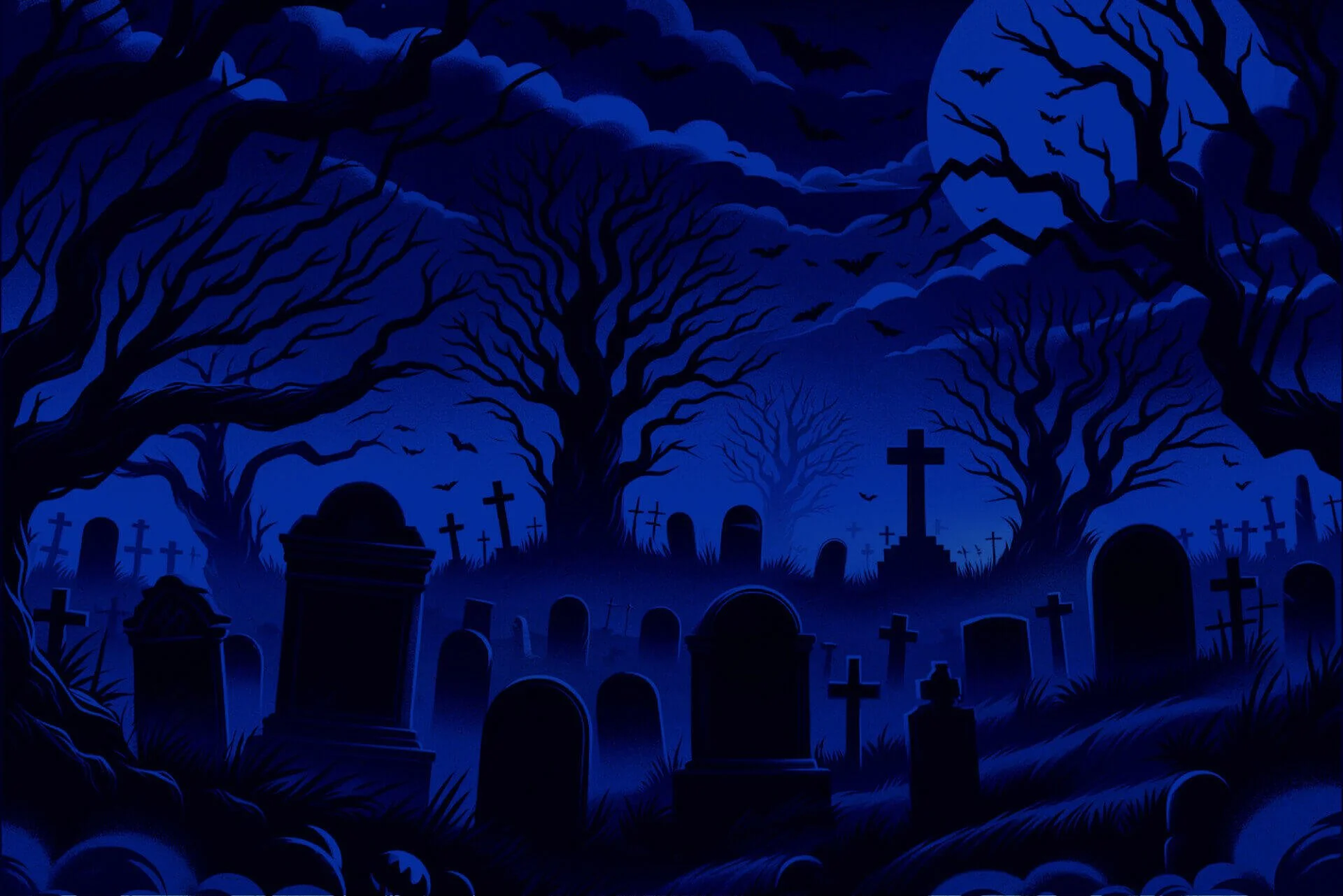Have you ever wondered about the man behind the mask? Sure, Jason Voorhees is known for being the strong silent type, but the actor in Jason’s shoes has one hell of a story to tell. Kane Hodder first donned the infamous hockey mask in Friday the 13th Part VII: The New Blood and continued to reprise the role in the following three sequels.
However, it was in the Hatchet series that Hodder truly claimed the role of Victor Crowley as his own. The man has become a legend. You’ve probably seen horror fans lining up for miles for their chance to get choked by Hodder. Although Hodder has made a career off of playing murderous maniacs, he is actually kind and soft-spoken offscreen.
In the new documentary To Hell and Back: the Kane Hodder Story, we get to see another side of Hodder. In a series of interviews, he talks about his humble beginnings leading up to where he is now, diving deep into every painful memory. Just like Jason, Kane Hodder always manages to get back up, no matter how many times he’s knocked down. Each story is backed up with interviews of close friends, directors he’s worked with and other horror icons such as Robert Englund, Sid Haig and Bruce Campbell.
I got a chance to talk with director Derek Dennis Herbert and producer Andrew Barcello about how To Hell and Back: the Kane Hodder Story came together.
Chris Aitkens for Nightmare on Film Street: What was your first exposure to Kane Hodder?
Derek Dennis Herbert: My first exposure to Kane Hodder was the Hatchet films. My cinematographer— who has long been a friend— introduced me to the first Hatchet while we were in film school and it spawned an interest in Kane’s acting career. I absolutely loved the franchise and shortly after that, got into the Friday the 13th films.
Andrew Barcello: As a teenager, I first saw Kane in the Friday the 13th films Jason Goes to Hell and Jason X, but it wasn’t until Derek showed me Hatchet as an adult that I learned who Kane was. Of course I became a fan and watched each film in the Hatchet series as they were released.
NOFS: When was the first time you officially met Kane Hodder?
DDH: The first time I met Kane Hodder was with my producer, Andrew Barcello. We had contacted Kane’s manager and set up a lunch meeting.
AB: We arrived early to the restaurant and grabbed a table in the back so we could have more privacy. We immediately noticed Kane when he came in the front door and walked across the restaurant because he looks very intimidating!
DDH: We soon learned, he couldn’t have been nicer and it spawned into a very successful meeting.
NOFS: What was the process of putting this movie together? Did you have to pitch the idea to Kane?
DDH: I read Kane’s book, Unmasked, co-written by Mike Aloisi, and watched some short video clips of Kane and knew he had a very interesting story that deserved the documentary treatment. Upon my request, Andrew then read the book, agreed, and came on as a Producer, and we began the process of pitching the film. First, we pitched it to Kane’s manager and then to Kane at the lunch meeting.
AB: Kane believed in Derek’s ability as a director and my ability to make the project happen, so he agreed to the project. We told Kane that we wanted this documentary to truly be in his voice, so we gave him approval over the final cut. It is his story, after all, so it was imperative he be happy with the final product. I think that is what made him comfortable to undertake such a revealing project.
NOFS: Was it difficult to get Kane to open up?
DDH: Kane Hodder was surprisingly easy to get to where he was ready to open up. We had a couple meetings before the first days of filming where we discussed how far into Kane’s story we would go. Even when he had some hesitations, Kane knew he had final cut approval, so he always ended up opening up to us on camera.
AB: There were a few times he was hesitant to film something, but we told him if we film it and he changes his mind later it can always be cut from the film. Fortunately, none of those scenes were cut from the film and I think that is a testament to how we were able to present the story in an honest, but compelling, way.
NOFS: Did Kane make any suggestions about the direction of the documentary?
AB: I wouldn’t call it a directional change, since we were all pretty much on the same page when filming started, but there were several times where Kane offered never before told stories or got old photos and things to add to the film. The entire process was very collaborative and I think that shows in the final product.
DDH: Surprisingly Kane gave very few suggestions on the direction of the documentary, but that is credit to Andrew and I having a vision in mind that he agreed with. He was open to the film expanding, growing, and altering, and that made the process an easy one!
NOFS: How did you make the stories different from what was told in Unmasked?
DDH: The written word and a documentary are very difficult to compare, but I think we just tried to tell the stories that were the most crucial to Kane’s life. When you see and hear Kane talk about the burn accident or being bullied, it’s very different than reading it.
AB: As Derek has mentioned many times before, watching a film versus reading a book are totally different mediums. Books have small, intricate details that can’t be reproduced in a short amount of screen time, whereas films bring a story to life in a different, more visual way. Honestly, this is one of the few times where watching the film and reading the book are both a genuinely good idea!
NOFS: When you were filming b-roll of Kane in the wilderness or the burn ward, did you direct him at all or just let him display whatever emotion he was feeling?
DDH: When we were filming b-roll, there were some directions given, but often scenes led into other moments based on what Kane saw in the location or how he was feeling. The burn ward was much less directed than the wilderness for example.
AB: The emotion and action was genuine and reflective of the corresponding scene. There was no need to “act” or “recreate” any of it. The burn ward was almost completely on the fly, since we didn’t know how Kane would react to returning to the unit.

NOFS: Did you ever get an unexpected answer during the interviews?
DDH: There were many unexpected answers during the interviews, which definitely keep you on your toes as a director. But luckily everything surprising was positive for the film.
AB: There were quite a few surprises from Kane, which kept the film interesting, fresh, and truly distinct from the book. Honestly, I think trying not to laugh at some of Bruce Campbell’s answers was the most unexpected part of filming.
NOFS: Which interview would you have liked to have seen more in the movie?
AB: I think we struck the perfect balance of interviews within the film. There are truly no portions of the documentary where I felt we needed more of any specific person or that there was any interview that was missing.
DDH: I would have loved to have seen more of Rick McCallum in the film, but I am very happy with the film as it stands! I was involved every step of the way in the editing process, so I really never need a “Director’s Cut.”
NOFS: Finally, how would like to be killed by Kane Hodder?
DDH: I would like to be killed by some kind of a Hatchet inspired kill, as long as it was quick. I’m not a person who likes to be in pain so I definitely would want it done fast!
AB: I am also an entertainment attorney, so I would probably use that to inspire my kill. Maybe I would have Kane grab me by my neck-tie and swing me around until my head pops off!
To Hell and Back: The Kane Hodder Story will be making its East Coast premiere at this year’s Brooklyn Horror Film Festival on October 14th and 15th.

